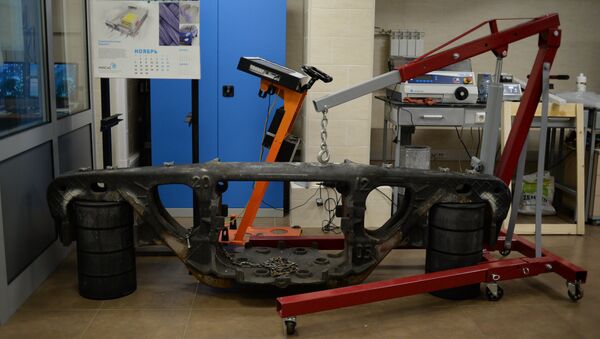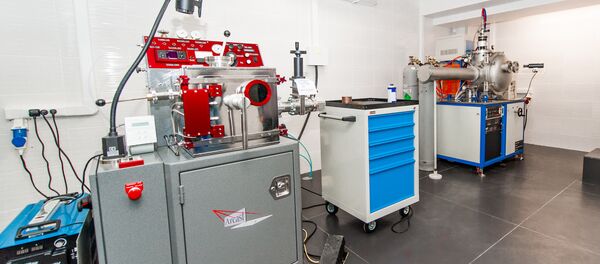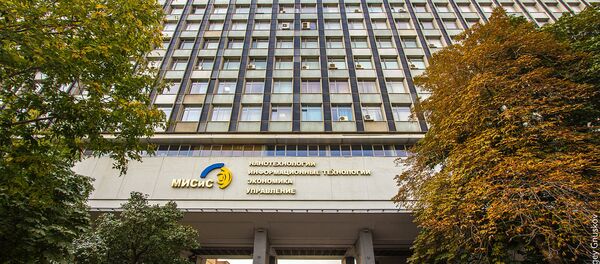MOSCOW (Sputnik) — NUST MISIS researchers have developed a unique technology for preventing solebars in freight car trucks from breaking. Their invention is expected to increase the fatigue limit and fatigue strength of solebars by 50 percent, and reduce the number of elements that break down in the course of operation.
The cracks appearing in solebars may be attributable to production defects or improper operation. Cavities and pores that appear during casting cannot be removed. These defects can be detected by ultrasound scans or x-ray, but these methods are excessively onerous and sometimes lack precision. It is impossible to address this issue during solebar maintenance, since defects cannot be removed completely.
Researchers developed special methods to study how thermal hardening affects the structure and characteristics of solebars, and ran a set of mechanical tests on cast details.
Specifically, they measured acoustic emission (the emergence and distribution of acoustic waves) when an element was subjected to mechanical loads, in order to understand at what point the solebar begins to break down (to crack) and analyze how the crack grows. They also ran cyclic tests on solebars in order to measure their fatigue strength and survivability.
The technology they developed is intended for quenching cast solebars up to two meters long in a special unit that generates temperatures up to 1,100 C. This new method leads to compression stress on the solebar’s surface, which makes it capable of withstanding an overload up to 30 metric ton-forces (carrier vehicles), while the current axial load is equal to 23.5 metric ton-forces.
“The project we have completed is of national significance, since we’ve developed a technology that will be used not only in solebar production, but also during maintenance and repairs carried out in the course of operation. This is a unique technology for Russia and the whole world. We had built an experimental unit for spray quenching of large cast elements. The quenching provides for a sandwich metal structure: it hardens upper layers, while the core retains ductility and plasticity. The element becomes elastic and with fewer cracks. Within the next three years we hope to develop this technology further so that it can be introduced on an industrial scale, after which it will go into mass production. Some 20,000 solebars are expected to benefit from quenching per year,” Andrei Rozhnov, associate professor at NUST MISIS Department of Physical Metallurgy and the Physics of Strength, said, adding that almost all solebars currently used in Russia need thermal strengthening.
The project took three years. In late November eight solebars installed in two freight cars will be tested, and in the summer of 2017 tests will continue at a larger scale. After the tests, researchers intend to have the strengthened solebars certified and ensure that they are installed on all future freight car trucks.
The project was implemented as part of the federal targeted program and was ordered by the Ministry of Education and Science. The technology in question was developed by NUST MISIS in cooperation with Moscow State University of Railway Engineering and the Research and Technical Institute of Rolling Stock.



